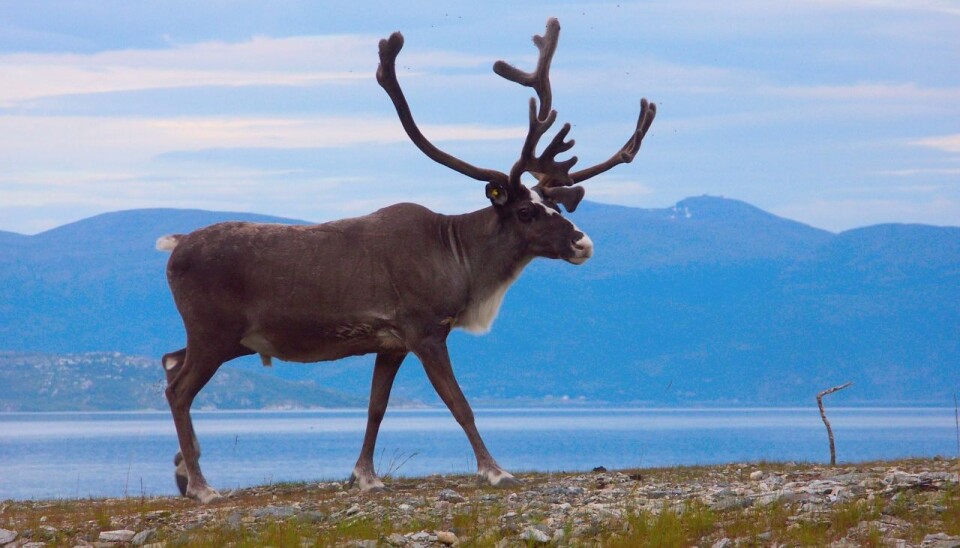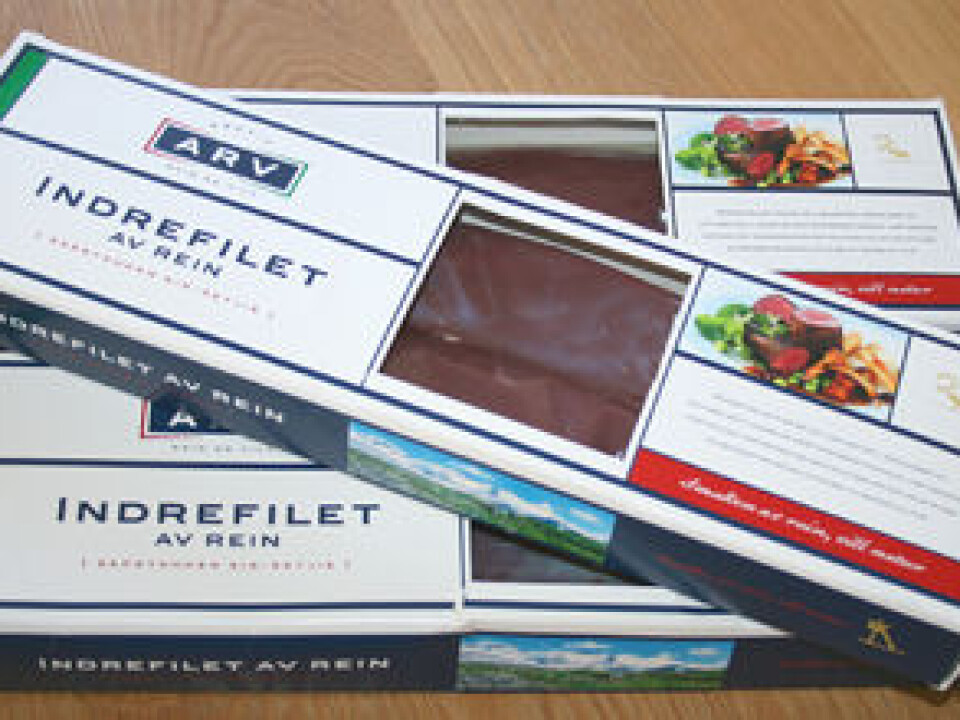This article was produced and financed by Nofima The Norwegian Institute of Food, Fisheries and Aquaculture Research

Big potential for reindeer meat
The amount of food reindeers eat and the way they are slaughtered affects the meat's quality.
Denne artikkelen er over ti år gammel og kan inneholde utdatert informasjon.
Consumers are becoming more aware of the quality of reindeer meat. And the producers want their meat to be a common choice for dinner and festive meals.
Research scientist Rune Rødbotten of the food research institute Nofima studies how the meat is affected by the method of slaughter and by transport on the way to slaughter. He is also looks into the many excellent cuts the reindeer carcass offers and how they can give increased value if sold as whole joints.
Stress affects meat quality
As with all other meat, the quality of reindeer meat deteriorates if the animals are stressed before slaughter. Being caught with the traditional lasso is a sure way to increase stress.
"There is a clear connection between how much the reindeer eat and the amount of stress they can tolerate. Those who eat most do best and manage greater stresses and their meat tastes better. This is an important argument for finding a good balance between the number of animals and access to pasture," says Rune Rødbotten.

He has carried out a review of all recognised scientific literature on reindeer meat. The next step is to investigate how transport before slaughter affects meat quality.
Many reindeer owners believe that the flavour of the meat is ruined if the animals are transported in vehicles. The panel of sensory judges at Nofima will soon begin investigating whether this is true or not.
Reindeer meat is healthy and keeps well
The reindeer are out in the open pastures for most of the year. They eat lichen, heather, herbs and berries - all of them full of antioxidants. As well as being healthy, this antioxidant-rich diet means that reindeer meat keeps exceptionally well.
The endless wandering of the reindeer herds gives them lots of muscle and little fat, and the little fat that there is in the meat is of the healthy, unsaturated type.
The results of surveys at Nofima show that fresh reindeer meat can be kept in good condition for three weeks, provided it is kept at 4°C or lower. As well as the right storage temperature, it is important to use the most suitable packaging. The researchers have tested three different packaging methods:
- Meat packed in a modified atmosphere (MAP) consisting of CO2 and N2
- Vacuum packed
- Active packaging with CO2 emitter.
They have considered loss of fluid, cooking loss, bacterial growth, antioxidant capacity and colour.
"The solution using a CO2 emitter is the best. Primarily because the fluid loss is less than with other methods - and the lower the fluid loss, the juicier the meat," explains senior research scientist Marit Kvalvåg Pettersen of Nofima.
































